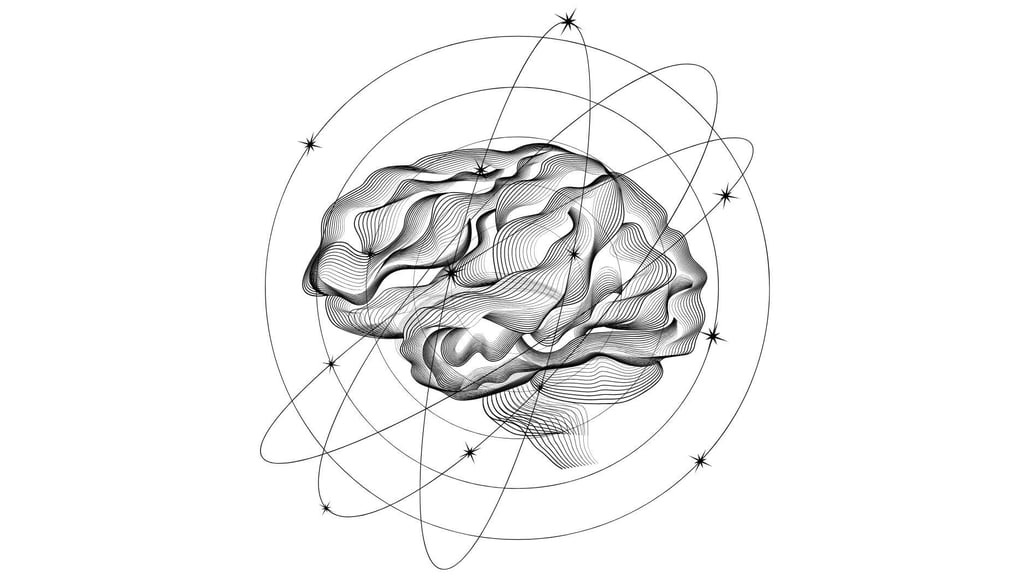Why can't you just switch directly from treatment to baseline without
waiting? Carryover effects from incomplete clearance contaminate your
next phase—if 30% of the previous supplement remains in your system
when you start the new phase, you're not testing clean conditions. The
standard pharmacological approach uses 5–7 elimination half-lives to
ensure 95–99% clearance, which translates to 7–14 days for most
nootropics with 2–8 hour half-lives.
Do fat-soluble supplements require longer washouts than water-soluble
compounds? The pharmacokinetics matter more than most experimenters
realise—water-soluble compounds typically clear faster through renal
excretion, whilst fat-soluble supplements accumulate in adipose tissue
and require extended periods for complete elimination. Individual
factors like age, liver function, kidney function, and overall health
affect clearance rates, potentially necessitating conservative washout
periods for optimal study validity. For specific guidance, see our
guides on
Ginkgo biloba
and
creatine, which have different pharmacokinetics.
What signs indicate your washout period needs to be longer? Monitor
for withdrawal symptoms, rebound effects, or persistence of the
treatment effect—if your cognitive performance hasn't returned to
pre-treatment baseline after the standard washout, extend the period
until measurements stabilise. Some interventions produce temporary
withdrawal effects that could be mistaken for treatment benefits in
subsequent phases, confounding your entire dataset if you proceed too
quickly.
Washout Period Calculator
|
Compound Half-Life
|
Minimum Washout
|
Conservative Washout
|
|
2–4 hours (caffeine, L-theanine)
|
3–5 days |
7 days |
|
4–8 hours (most nootropics)
|
5–7 days |
10–14 days |
|
12–24 hours (some adaptogens)
|
7–14 days |
14–21 days |
|
Fat-soluble (omega-3s, vitamins)
|
14–21 days |
21–28 days |
Should you collect data during washout periods or just wait them out?
Continue measuring your primary outcome throughout washouts—these
measurements demonstrate that performance has returned to baseline
levels before starting the next phase. Stable baselines typically
require at least 3–5 consecutive measurements within normal variation
ranges, providing confidence that carryover effects have cleared
completely.
What's the point of run-in periods before you even start the first
treatment? The preliminary baseline phase (7–14 days before any
intervention) allows measurement procedures to stabilise and reveals
your natural performance variations that might otherwise be mistaken
for treatment effects. This phase serves as training for cognitive
tests, reducing practice effects that could confound later
assessments—most tests stabilise after 3–5 repetitions, making run-in
periods essential for valid baseline measurements. Understanding
how nootropics work
helps set realistic timelines for effects.
